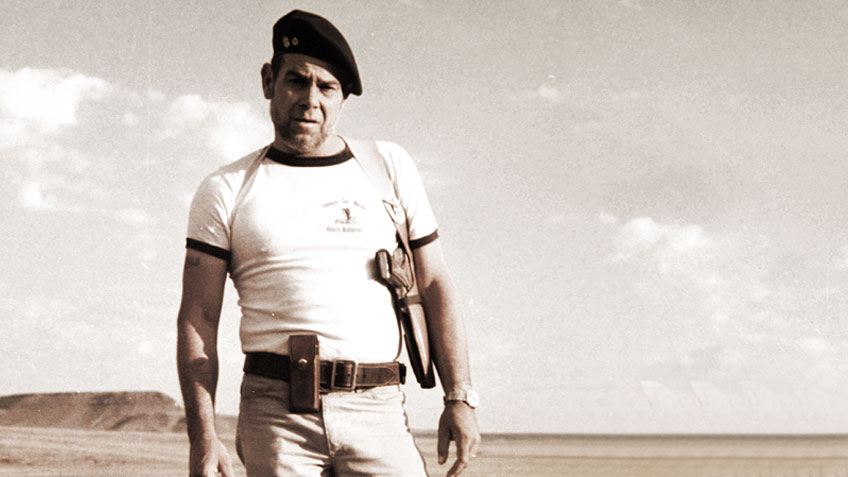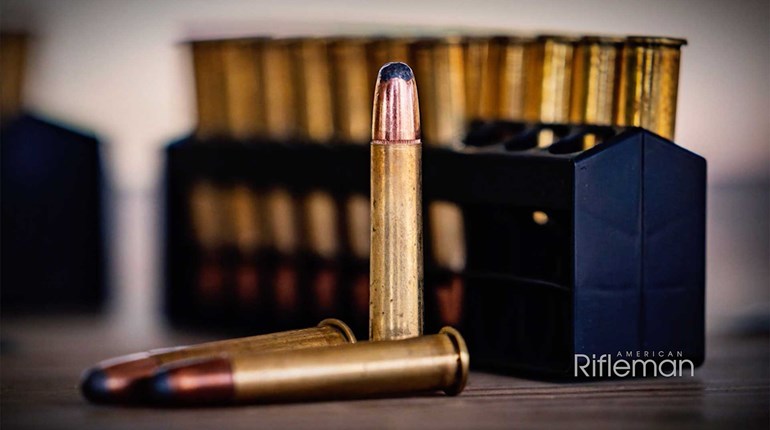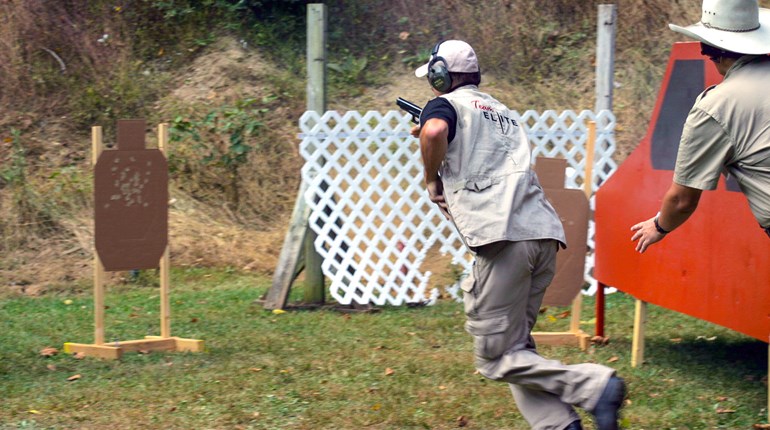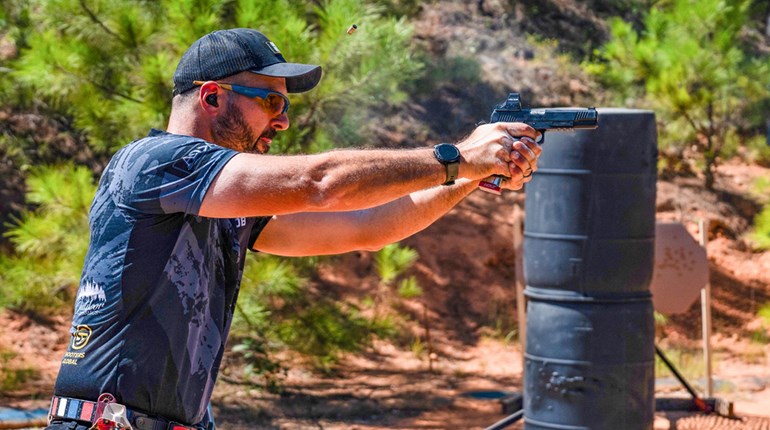
This article, "A Look Back," appeared originally as a Straight Talk column in the August 2017 issue of Shooting Illustrated. To subscribe to the magazine, visit the NRA membership page here and select Shooting Illustrated as your member magazine.
As I write this, it has only been just a few days since I was notified of the passing of Lee Jurras. Now, it may be that many of today’s defensive shooters don’t have any idea who he was, and that is a shame. Among Jurras’ many accomplishments was his founding of Super Vel Ammunition, a company that revolutionized the world of defensive-handgun ammo. To really appreciate his contribution, we have to take a long look back in defensive-handgun history.
Well into the first half of the last century, defensive shooters had some very good handguns to choose from. Unfortunately, the developments in defensive ammunition had not kept pace with handgun development. For the most part, defensive handgunners had to make do with lead bullets for their revolvers and full-metal-jacketed bullets (FMJ) for their semi-autos. Neither was considered very good at stopping criminal attacks.
 The defensive shooter should not be concerned about killing an attacker, but in stopping the criminal attack as soon as possible. Immediate incapacitation works best when there is adequate penetration—some 15 to 17 inches—and expansion of the bullet. Bullets do their job when they cause internal bleeding, thereby reducing blood flow to the brain, or when they impact the central nervous system. In either case, it is bullet expansion and penetration that get the job done.
The defensive shooter should not be concerned about killing an attacker, but in stopping the criminal attack as soon as possible. Immediate incapacitation works best when there is adequate penetration—some 15 to 17 inches—and expansion of the bullet. Bullets do their job when they cause internal bleeding, thereby reducing blood flow to the brain, or when they impact the central nervous system. In either case, it is bullet expansion and penetration that get the job done.
Lead and FMJ bullets were generally OK in the penetration department. In fact, they were often too good at that job, resulting in the bullet exiting the bad guy and presenting a danger to others nearby. At the same time, they rarely expanded enough for it to be worth mentioning. Even if the bullet hit a major bone, bullet deformation or expansion was relatively minimal.
Back in those days, some defensive shooters hit upon the idea of loading a hollow-base wadcutter upside down in their revolvers so the broad, hollow base was foremost in the cartridge case. I am aware of several shootings where this combination worked quite well at close range. The problems, however, were several. One, not all of those shooters were good enough handloaders to be able to create reliable ammunition. Two, those wadcutters deposited lead in revolver bores something awful, causing a reduction in accuracy after just a few shots. And, three, useful accuracy was limited to very close range because the bullets would quickly start to tumble.
Finally, ammunition companies began to offer jacketed soft- and hollow-point ammunition for defensive shooters and handgun hunters. Unfortunately, this ammunition was comprised of lead cores that were too hard and jackets that were too thick. In actual shootings, the bullets rarely expanded satisfactorily and there was only a slight increase in incapacitation.
About this time, several people began to study the role of the bullet in stopping an attacker and to attempt to develop better bullets for the job. Chief among them was Lee Jurras. He began by designing bullets that had a softer lead core and a thinner jacket in order to increase expansion. Jurras also discovered that, if he used lighter-weight bullets, he could increase the velocity in a given caliber without increasing the pressure beyond safe limits. Jurras found that these lighter, faster bullets were more inclined to stay in the body of the criminal instead of exiting and causing danger to others.
The result of this testing was the Super Vel Cartridge Company, founded in the mid-1960s. It offered 90-, 110- and 125-grain loads in .38 Spl. and .357 Mag., as well as light bullet loads in 9 mm, .45 ACP and other calibers. And, this new ammunition drove bullets at velocities that others only dreamed of. Bullet design and increased velocity gave a much better chance of acceptable expansion, while reducing penetration to a useful level. Super Vel was the ammo of choice when I went into police work. I was able to examine the results of several shootings where Super Vel was used and, in every case, the results were impressive. Sadly, the future for Super Vel was not all that rosy.
The major ammunition companies immediately realized that Jurras was really onto something. Bullet development and research became the watch word as those companies tried to catch up and put competitive products on the market for armed citizens and law enforcement. With bigger budgets and greater resources, they were soon turning out good defensive ammunition. For a while, there was a sort of “Bullet-of-the-month” race going on.
Sometime in the 1970s, competition and management problems caused Super Vel to close its doors (the company has since been resuscitated under new management). It was undoubtedly a sad day for Jurras, but his legacy had been established. The hot, defensive ammo of Super Vel caused the big companies to do what they should have been doing all along: develop better defensive ammunition for the American shooting public.
Among his other accomplishments, Jurras founded and funded the Outstanding American Handgunner Award. Annually, this organization paid respect to the greats of the handgunning world, folks like Elmer Keith, Bill Jordan, Skeeter Skelton, Col. Rex Applegate and Col. Jeff Cooper, to name a few. Some of the rest of us, who probably didn’t deserve to win, were honored just to be nominated.
So, today, when you look at all of the good defensive-handgun ammunition that sits on your dealer’s shelves, you should take a moment and thank the memory of Lee Jurras. He is the man who got the whole thing started.




































